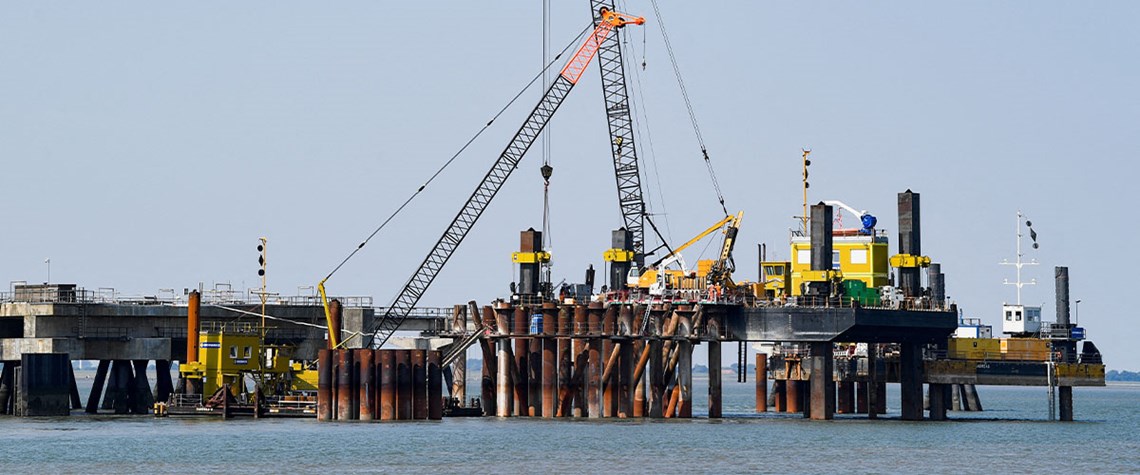Future LNG overcapacity to boost hydrogen imports
Regasification terminals can be repurposed to receive ammonia and synthetic methane
Europe’s LNG terminals could eventually provide significant hydrogen import capacity, using either ammonia or synthetic methane, according to energy industry experts. European countries are scrambling to build extra LNG import capacity as they diversify their gas supplies following Russia’s invasion of Ukraine. At the same time, they are seeking to reduce gas consumption even faster than previously planned. This could rapidly lead to a substantial gas import overcapacity, says Brussels-based thinktank Bruegel. Bruegel calculates an expected natural gas supply of 4,500TWh from 2026, up from 3,750TWh in 2023, as LNG terminals start to come online. Some will be temporary floating terminals, but

Also in this section
22 October 2024
Hydrogen is making inroads as a fuel for power plants as governments seek clean fuels to back up intermittent wind and solar
21 October 2024
Gulf Energy Information will host the largest women's event in the energy industry on 19–20 November in Houston, Texas
18 October 2024
Project in northeast of country set to start up in 2025 as developer signs technology deal with Icelandic firm Carbon Recycling International
17 October 2024
Experts debate carbon pricing and fossil fuel subsidies in the MENA region on second day of summit







